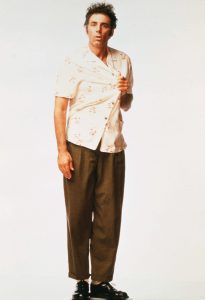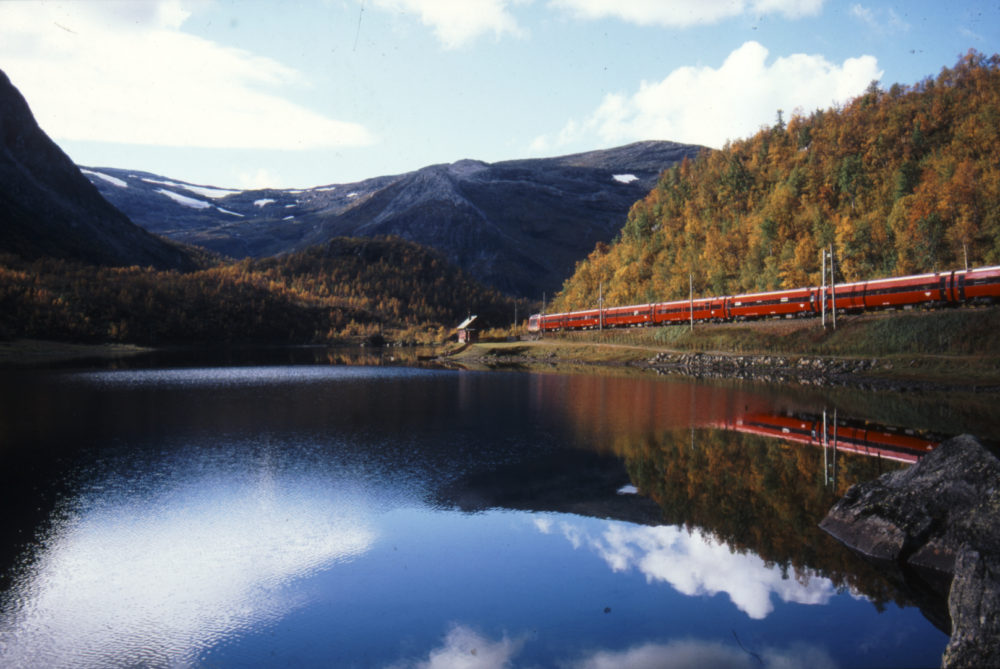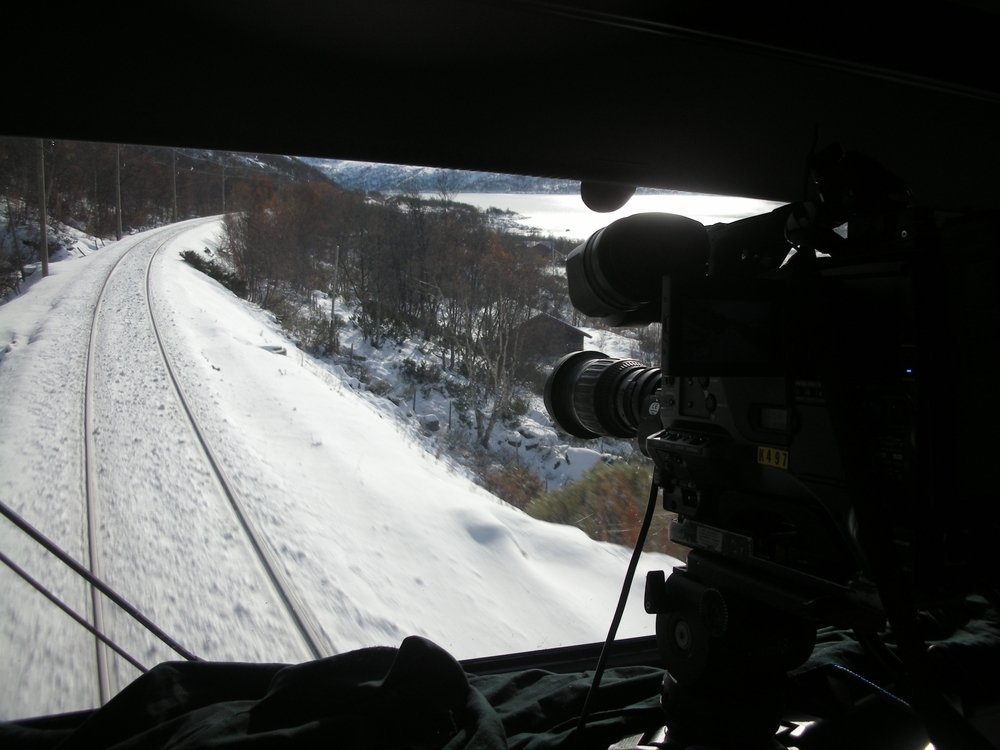Jasmine Jobson broke out in Top Boy – a show cancelled by Channel 4 in 2013 but so beloved, notably by Drake, that it was brought back, and found a larger audience on Netflix in 2019. Jobson’s portrayal of her character, Jaq, saw her twice nominated for a TV BAFTA. Talking to Port, the west Londoner discusses the city, her path into acting, and inhabiting each and every role she takes on
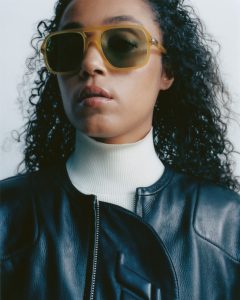
When did you know you wanted to perform?
From when I was little, really. I’ve always been in a fortunate enough position to be in, like, a lead kind of role. That actually sounds really horrible! But I played Mary in my Year 1 nativity play, I played Romeo in my Year 6 leavers’ play. So obviously acting is always something that I definitely wanted to do. My mum put me into performing arts when I was about four years old. And yeah, I’ve been singing pretty much since the age of two. Every Walt Disney movie I’ve watched, you name it, I’ve sung it.
What do you like about it?
To be honest, I just love the passion. I love being able to channel everything into it. And by the time you’re finished, you’re absolutely exhausted, but it was a phenomenal performance.
I love theatre, it’s where I started. It’s where my heart is, really, but it’s the power of being able to control the audience’s emotions. Essentially, I have their heart in my hands, you know, and I get to make them feel how I want them to feel. And that is a beautiful, beautiful form of power, and why I like to use my craft to be able to tell very important stories.
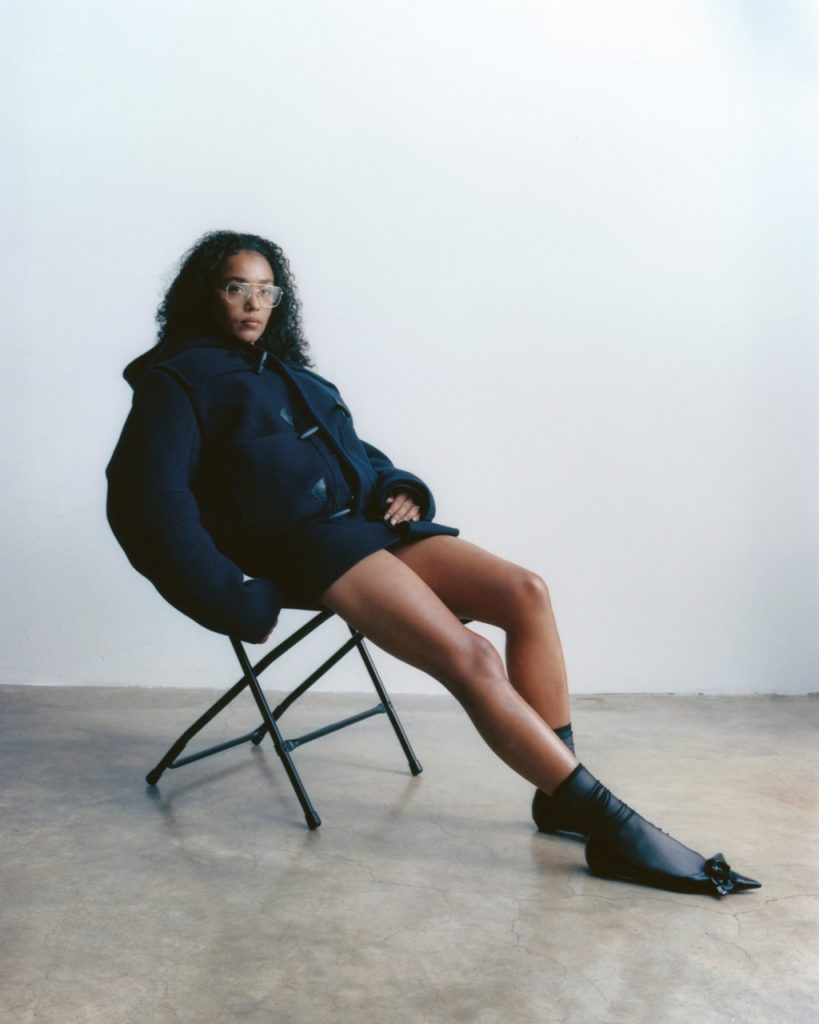
You grew up in west London, as I did. And you’ve chosen to stay. What do you like about it?
I think it’s mainly just the environment, it’s the hustle and bustle of the city. Everybody’s got somewhere that they need to get to, you know, and it does me a favour because I’m always somebody that’s in a rush. I’m a speed walker. So yeah, being in the city is nice. But I grew up here, it’s my hometown. I think I’m always gonna be a west London girl. I could possibly see myself moving to West Drayton. Slightly further out but it’s still west. I was living in West Drayton a good few years ago when I was in foster care, with my foster carer – God rest her soul. I absolutely loved it out there. It got me away from the city, which got me staying out of trouble a little bit and allowed me to home in on myself and focus on myself. And with my foster carer, I ended up getting my acting career, and life completely changed from there. So I do see a lot of positive stuff in West Drayton for me, just with my personal experiences and my history.
There’s this little road in that area called Jasmine Terrace or something like that. I saw my name on it and I was like, I’m gonna buy a house there one day. I mean, you never know if it’s gonna happen. I do definitely see myself moving back at some point, but I don’t know if I’ll touch Jasmine Terrace. I just miss it so much.
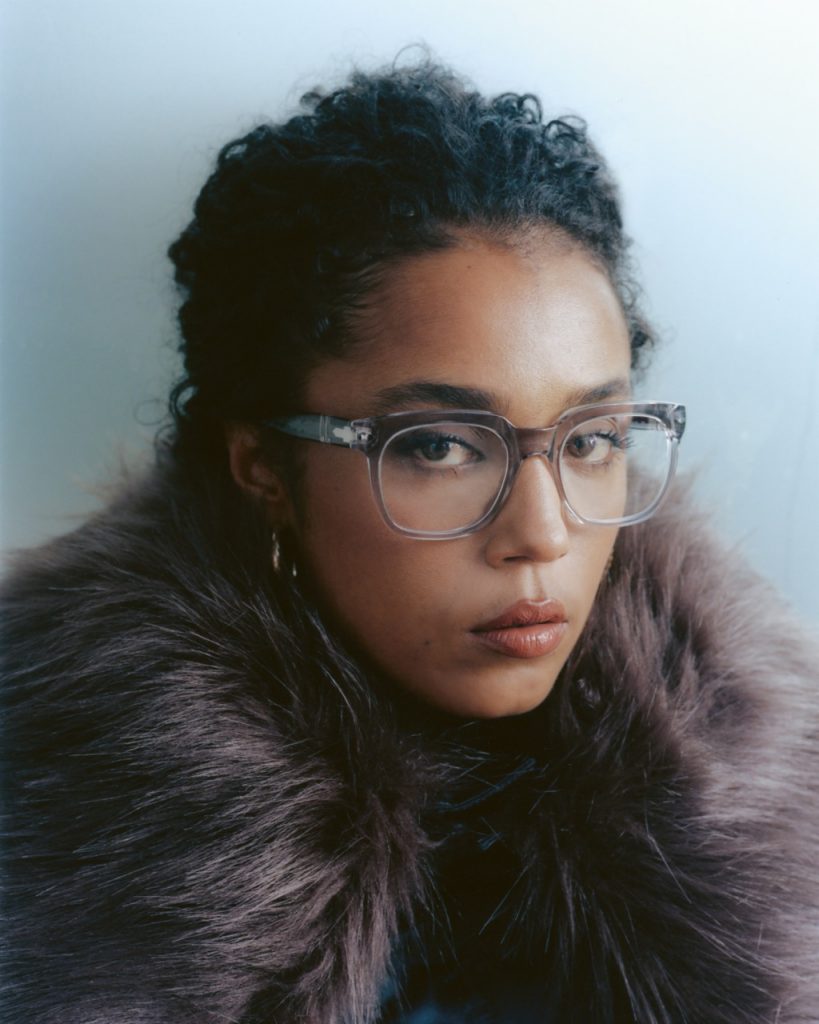
That one foster carer, was she a big part of how you ended up here?
Yeah, definitely. Definitely. She was a massive part of me coming to be in the position that I’m in. I was very much a troubled young teenager. I was portrayed as the worst-behaved child in Westminster by social services, and so she gave me a lot of discipline. She was just a different person to anybody that I’ve ever experienced, and her approach with me was completely different. That made me look at her differently and made me want to change. We’re here now with the help of her and Maggie Norris who runs the Big House theatre company. That gave me the best training. Yeah, I’m here now.
That sounds really lovely.
Don’t get me wrong. I will always say that I’m very fortunate to have had a foster carer – I said “God rest her soul” because she passed away in 2014. But she was the best thing that happened to me. I’m very, very fortunate to have even had her in my life. Not many young people are fortunate enough, who go through the care system, to have a foster carer. Some young people are not even fortunate enough to go into foster care; they might go into the care system, but they might just get put into care homes or put in hostels or they’ll slip through the cracks of the system and be completely forgotten about. I will always hands-down say that I was very, very fortunate to find a lovely, lovely woman like her who changed my life for the better.
Other than her, who do you look up to?
If we’re talking about actors, I would have to say Letitia Wright. That’s right at the top there. I mean, she’s our OG top girl. And yeah, if it wasn’t for her, I mean, the doors wouldn’t be open for young women like me to step in and show the world what we’re really about. I would say Angela Bassett, Taraji P Henson – she’s absolutely phenomenal. Zendaya, oh my gosh, Denzel Washington, who I’m sure is many, many people’s inspiration. Idris Elba, he’s phenomenal, and I’ve had the pleasure of working alongside him as well; I know exactly what his work ethic is like and he’s amazing. Daniel Kaluuya, the list can go on. Even some that are very close friends of mine – Michael Ward, you know… like Little Simz, Ashley Walters, Kano, all these people that I’ve had the pleasure of working alongside, and I’ve learned so much from them. They’re all pioneers.
Anything you’re looking to work on in future?
I want to say… is supernatural the right term? I’m thinking more like Marvel and superhero, that kind of world. I would love to play Storm. I would love to play Storm. Oh my god, I didn’t even say Halle Berry. Jesus! That’s my Catwoman. And Gabrielle Union, my Cinderella. Otherwise, I’m very, very much about telling real stories and something that will make you feel. So of course everything’s got to be fictionalised, but I’m definitely about the real and passionate, and I want to possibly help save a life or change a life. So, yeah I tend to take on characters that kind of have a little bit of a taboo character brief, specifically because of the fact that I want to be able to tell this story, to be able to change perceptions, make people think.
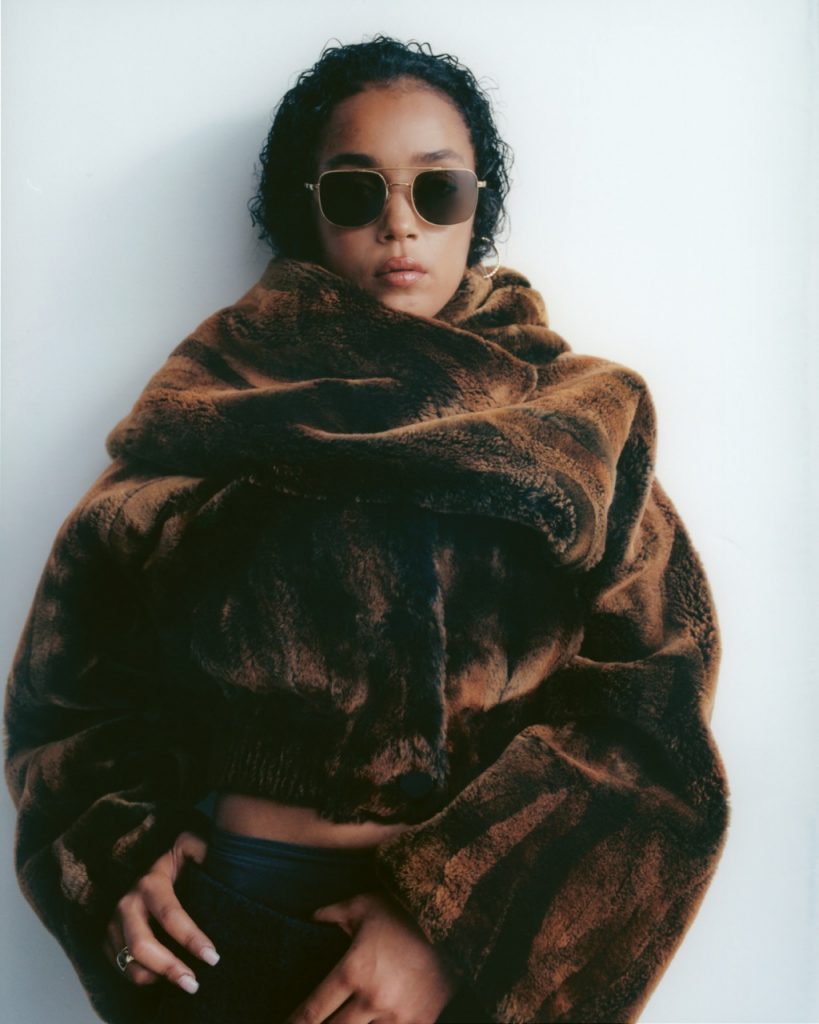
What’s next for you then?
I am a lead in a new ITVX psychological thriller, Platform 7. It’s a four-part drama and I’m really, really excited about it because I’m playing a completely different character. I’m playing, I would say, a little bit more of myself, but more on the extremely mature side.
Being in the entertainment industry allows me to be a bit childish. But my character, she’s a grown woman. She’s doing her thing. People get to see me in a different light, playing a completely different character, different side of vulnerability.
I’m doing a feature film with Andrea Arnold called Birds, which I’m very, very excited about. They’re both delving into a little bit of domestic violence as well, so it’s another taboo character I get to play, and show a different side of life. And hopefully with that, I change perceptions and change lives and save lives.
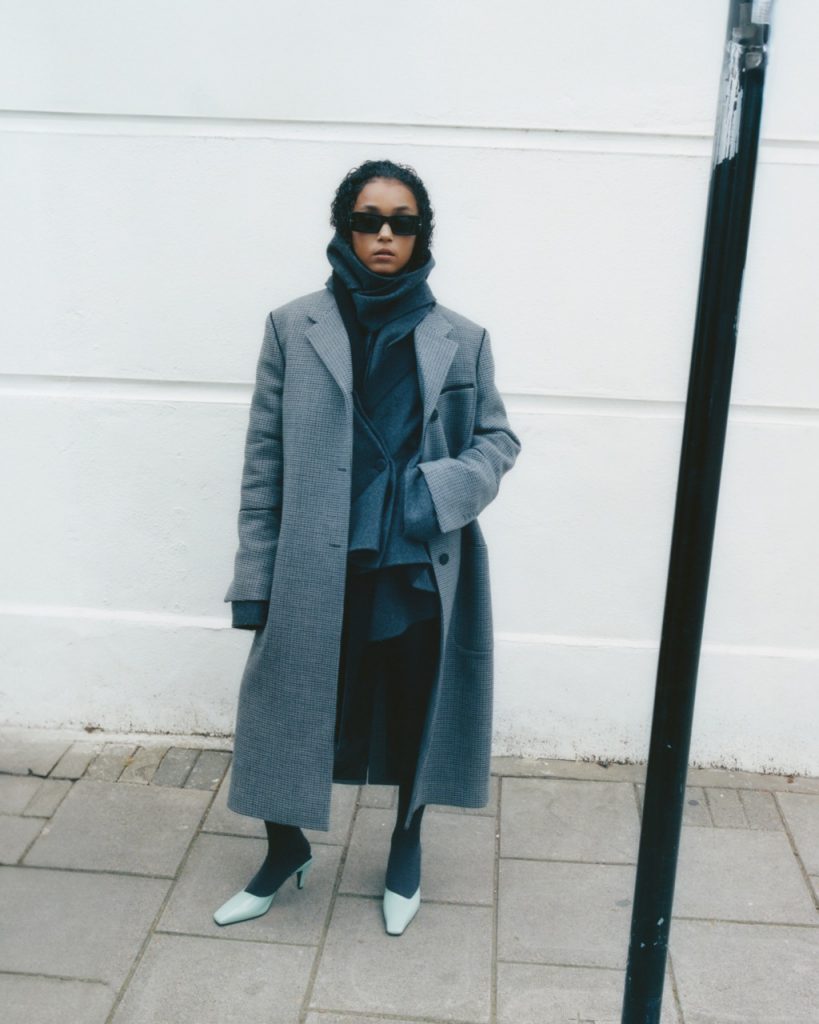
What is a powerful performance to you, and how does performance play into maybe changing someone’s life?
Well, powerful performance for me is completely embodying my character. I’ve always been like this, and I’ll know my scene. I’ll know my script well enough that I can literally just channel whatever it is that I need to channel, you know?
It’s an amazing experience, it’s almost like this wave of energy just comes across you and like, you’re just in the scene and you’re just doing it and you don’t even realise that you’re doing it and then you come out of it and it’s like, wow. Yeah. That was epic.
I don’t know how else to explain it other than that. Educating myself about the plots that my character’s going through, the storylines and things like that. If I don’t have that experience, or if I don’t have that kind of understanding, then I’ll go and educate myself about it.
I’ll ask people, I’ll speak to friends that have been through things and then use that.
I’ll have to take parts of myself, and you have to kind of semi-compare emotions, connect that to this feeling and then combine the two together and you’ve then completely embodied that.
That would be my way of connecting with my audience, by educating myself from people that have been through things. So then I can give it justice, essentially. I feel like they understand me.
Does it always feel like you’re becoming a different person when you’re performing?
Oh, yeah, definitely. Even when I’m singing, even from when I was younger, I kind of get lost in it a little bit, and come out the other end really, really proud.
Is it the same sort of thread? Does it all make sense as one person, or is it just finding the bit of you for each thing?
The only way that I can explain it would be the way that one of my old mentors explained going to drama school to me. They said to me that Jasmine, you are a raw actor, you’ve got your own natural experiences that you’ve learned along the way. Now if you were to go to — and this doesn’t count for everybody else, this is only what she said specifically for me. So I don’t want anybody else to take it to be like, Oh no, I don’t need to do da da da. If I was to go to drama school, they’re going to strip every single part, every single skill that I have down. They’re going to teach me what they need to teach me, but they’re not going to piece me back together again. I was always told if something’s not broken you don’t need to fix it.
So I’ve taken that with me. When it comes to my characters, I just add little bits rather than taking things away from me and completely becoming this person. I just add and add it all. Add it all. And then it’s just a completely different version of myself.
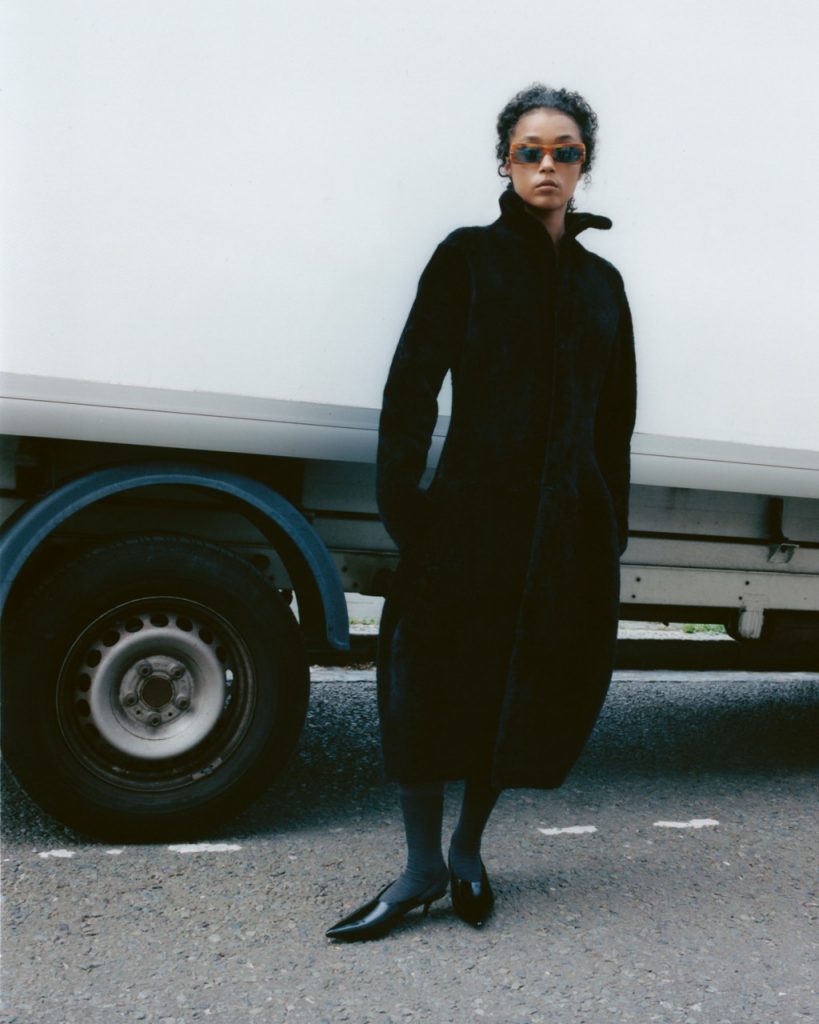
Do you feel like it changes you a bit?
No, not at all.
Sometimes you do have to hold on to those emotions, but I’d say you just put them on the bedside table and pick them up again in the morning. You know, you don’t need to carry that energy with you. But one thing that I’ve always been taught is at the end of every single day, every piece of your clothing, every piece of your costume that you’re taking off from your character and you’re placing that in your wardrobe, that’s a part of your character that you’re putting back for tomorrow. Every piece of your clothing that you place back on, that’s a piece of Jasmine that you’re collecting back. So by the time you come out of your trailer and you step into your car and you’re heading on your way home, you should be Jasmine again. You leave that character at work.
Being actors, our job is to embody characters. And sometimes our characters can be going through a lot, sometimes it’s a lot for us to just be able to get through a scene. So it’s very, very important to be able to separate yourself from your character. Just for your own sake and for your mental health.
I like the way you talked about that – putting the character back up in the wardrobe and then taking Jasmine back out. Is there a Jasmine item?
Yeah, my jewellery. At the end of every acting job, I always treat myself to a little piece of jewellery, just as a little remembrance. If you’ve got little things to remember by, you’re like, oh, I got this when I was on that job. Oh, I got this when I was here. So yeah, I’ve got my specific pieces that I wear, and when I put those back on, I feel complete. Those are the final pieces that I put on. And then yeah, I’m completely Jasmine all over again.
Photography Annie Lai
Styling Georgia Thompson
Hair and Makeup Kareem Jarce
Production Production Factory
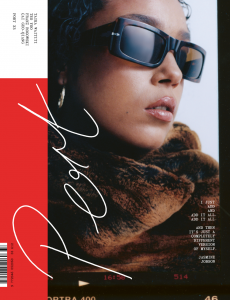
This article is taken from Port issue 33. To continue reading, buy the issue or subscribe here
